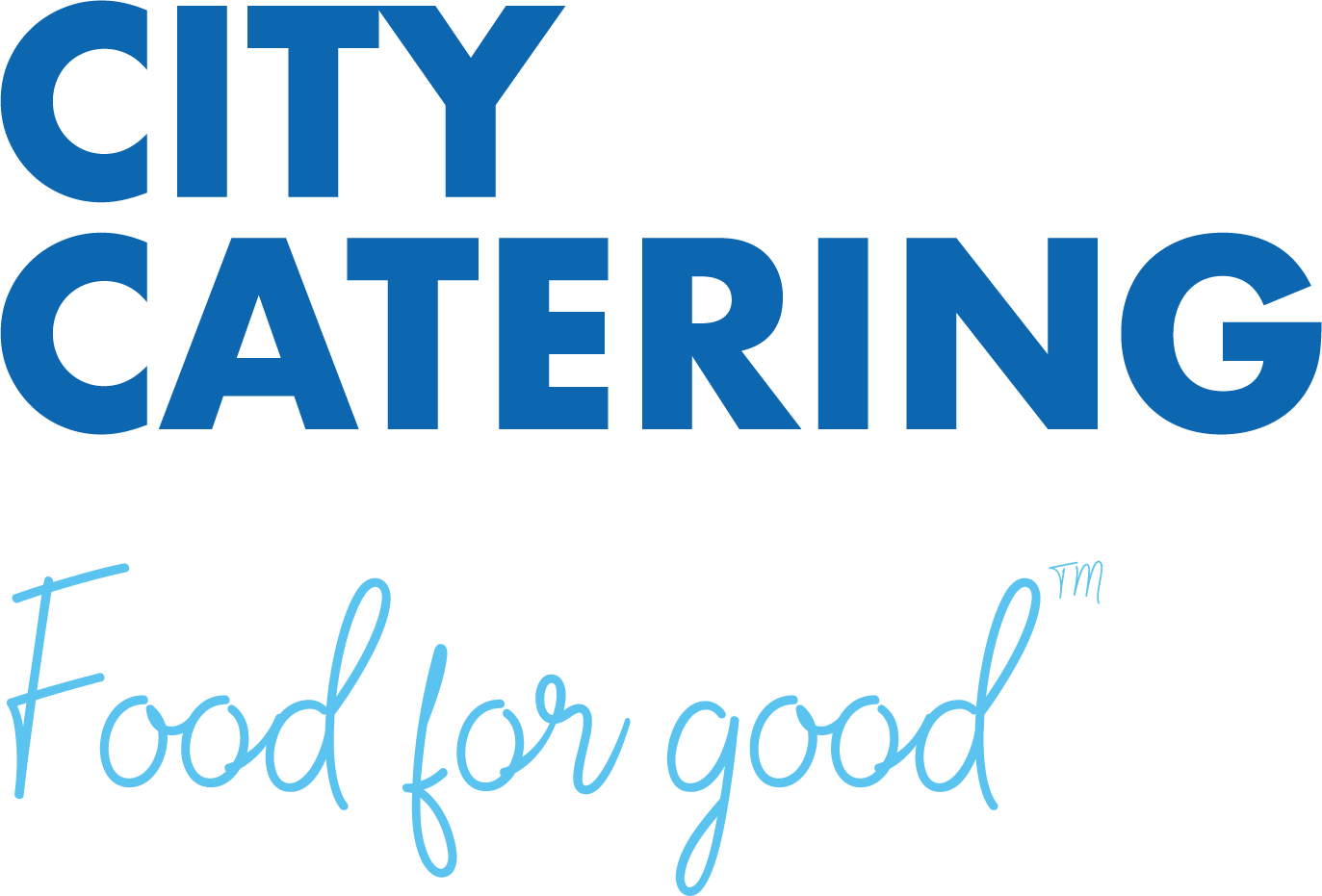Which foods contain the most vitamin D?
Vitamin D is the only nutrient your body produces when exposed to sunlight. According to national surveys in the UK, across the population approximately 1 in 5 people have low vitamin D levels. Low vitamin D levels are associated with a higher risk of poor musculoskeletal health such as rickets, osteomalacia, falls and poor muscle strength.
Although you can’t get your recommended amount of vitamin D from food alone, there are certain foods that are high in vitamin D and can help you to maintain your health.
Oily fish
Oily fish isn’t just rich in vitamin D; it’s packed with omega-3 fatty acids, protein, some B vitamins and selenium, all of which are essential for good health. Salmon, sardines, tuna, and mackerel are some of the best choices for vitamin D intake.
Eggs
Low in fat and high in protein, eggs have long been known as a nutritional powerhouse, and they’re a great source of vitamin D as well. Try them scrambled, poached or, rather appropriately, sunny side up, to give your vitamin D levels a boost.
Pork
Pork is pretty high up the vitamin D scale, beaten only by options like beef liver. Add pork chops or a medium cooked steak to your regular dinner rotation and you’ll get a nutritious hit of the vitamin.
Milk
You probably already know that milk is good for your bones, but it’s not just because of its calcium content. Whether you pour it over your cornflakes, stir it into your tea or blend it with fruit to make a smoothie, you’re adding a little extra vitamin D to your day.
Yogurts
Yogurt has many of the same health benefits as milk, and many brands are fortified with additional vitamin D as well. Because vitamin D helps you to absorb calcium into your bones, choosing a yogurt that’s rich in both could be doing your skeleton some serious favours.
Mushrooms
They count as one of your five-a-day, with good reason – mushrooms are on the list of vitamin D foods too. Shitake and button mushrooms are your best bets for getting the greatest dose.
Tofu
Great news, vegetarians and vegans – it’s not just meat and dairy that can improve your vitamin D levels. Soy-based tofu is full of protein, zinc, calcium and cholesterol lowering omega 3 fatty acids, so it’s worth adding to your diet even if you do eat animals.
Cheese
Cheese is also a decent provider of vitamin D. Ricotta and swiss are top choices, so enjoy a portion of ricotta stirred into pasta or swiss toasted cheese sandwich.
Breakfast cereal
It’s not always easy to know how to choose a healthy cereal, but if you’ve selected one that’s fortified with vitamin D, you could be onto a winner. And most cereals from the supermarket all typically pack extra vitamin D, – it’s only a small amount, but every little helps.
Orange juice
Supplement your cereal with a glass of OJ and you’ll be getting an even greater helping of vitamin D. Just be sure to check the label to check that your chosen brand has extra vitamin D included – some bottles have far more than others.
Butter and margarine
Butter is usually championed as the superfood, but both spreads are often enriched with extra vitamins, including vitamin D. Again, it’s a case of choosing a brand that’s richest in the nutrient, but once you’ve done the research, you can buy the same tub again and again
A Vitamin D rich day menu options.
Make sure all bread, fruit juice, milk and butter/margarine are fortified.
Breakfast options:
Marmite on toast
Boiled eggs and soldiers
Fruit yogurt
Scrambled eggs topped with smoked salmon.
Orange juice.
Lunch:
Mackerel salad
Sandwiches (tuna mayo, egg and cress, ham and swiss cheese)
Cheese and mushroom (make sure UV treated mushrooms) omelette
Dinner:
Stuffed mushrooms with ricotta and herbs
Cheesy pasta bake
Tofu and lentil stir fry with chilli and ginger served with egg-fried rice
Baked salmon with yogurt and mint dip
Pork steak topped with a Monterey jack cheese sauce served with Cajun wedges and salad.
Desserts:
Rice pudding
Chocolate mousse


